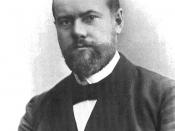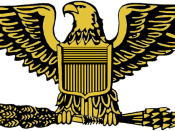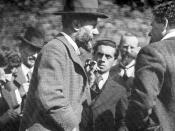Wriiten for an introductory to Theory
Introduction
By way of illustration, in this document we will describe and explain the classical structural theory as presented by Max Weber. To highlight the advantages and disadvantages of this classical structure as used in a realistic modern organization we will apply this theroy as used today in our public police department.
Classical Structural Theory
In the classical structural theory a person is hired for their technical expertise rather than on the recommendation of a connection from within the company. Generally these people are more inclined to work in very well-defined process oriented positions. Employees are given titles in which the authority to perform specific duties are vested. Outside of the defined position the employee has little or no authority.
Lines of authority and positions are clearly defined by formally established rules and regulations that help to ensure uniformity of operations, and provide for continuity of business as well as making responsibility easy to place.
In his 10 points Weber implied that procedures imposed on all who fall within their reach are formal and impersonal (Pace & Faules, 1994, p. 30-31). In addition to these procedures, It is suggested that an attitude of discipline is an integral part of the organization that wants to promote efficiency (Pace & Faules, 1994, chapter 3). They are intentionally designed without attention to personal or emotional considerations to prevent distortion of employees' rational judgment in carrying out their assigned duties. Employees working in a classically structured organization are encouraged to maintain distinction between their private and professional lives. The last tenet of Max Weber's theory involves security and advancement. He held that security in a position was gained by tenure. For motivated individuals who want to advance their careers, hard work and achievement are viewed in...


